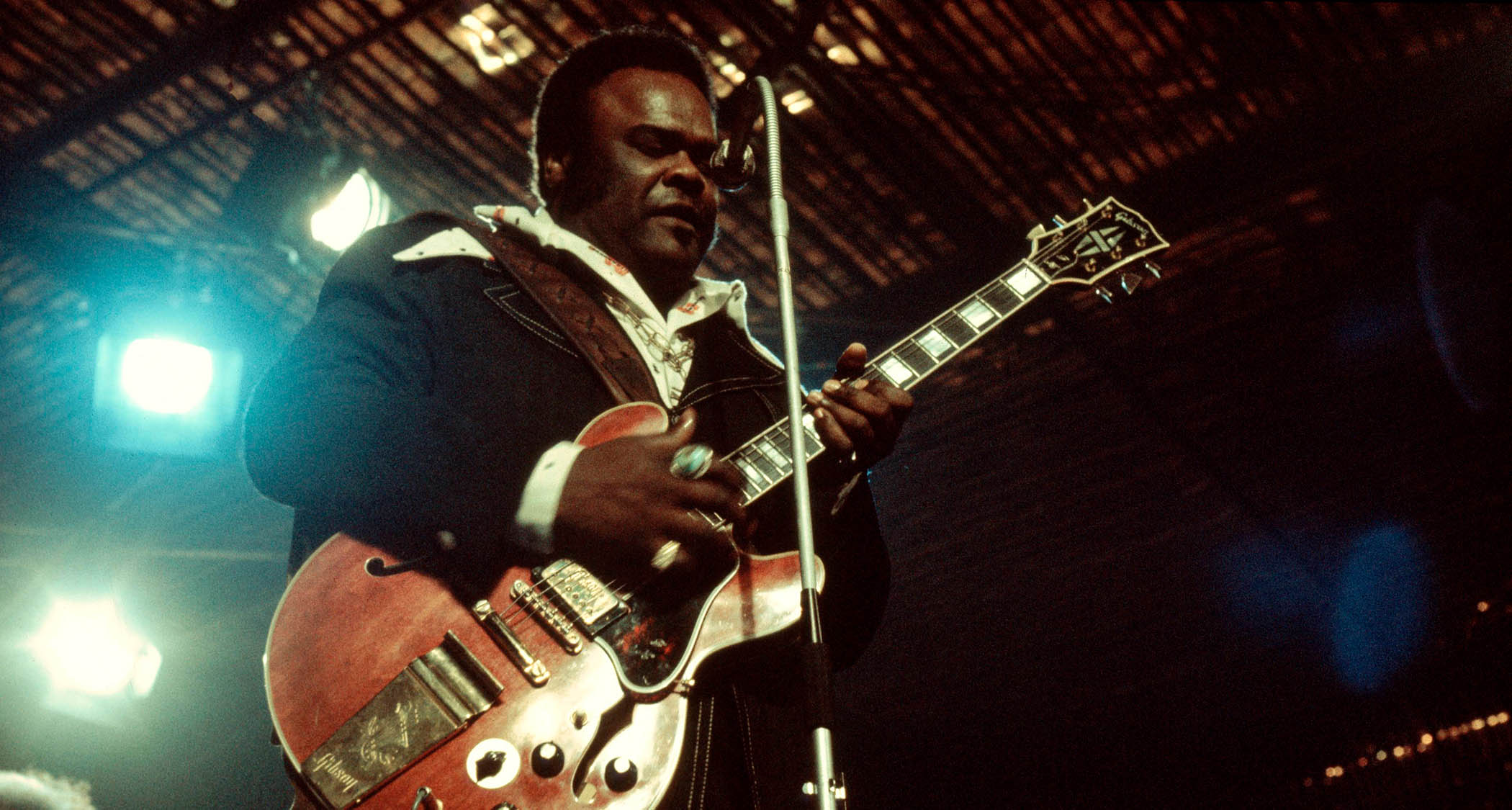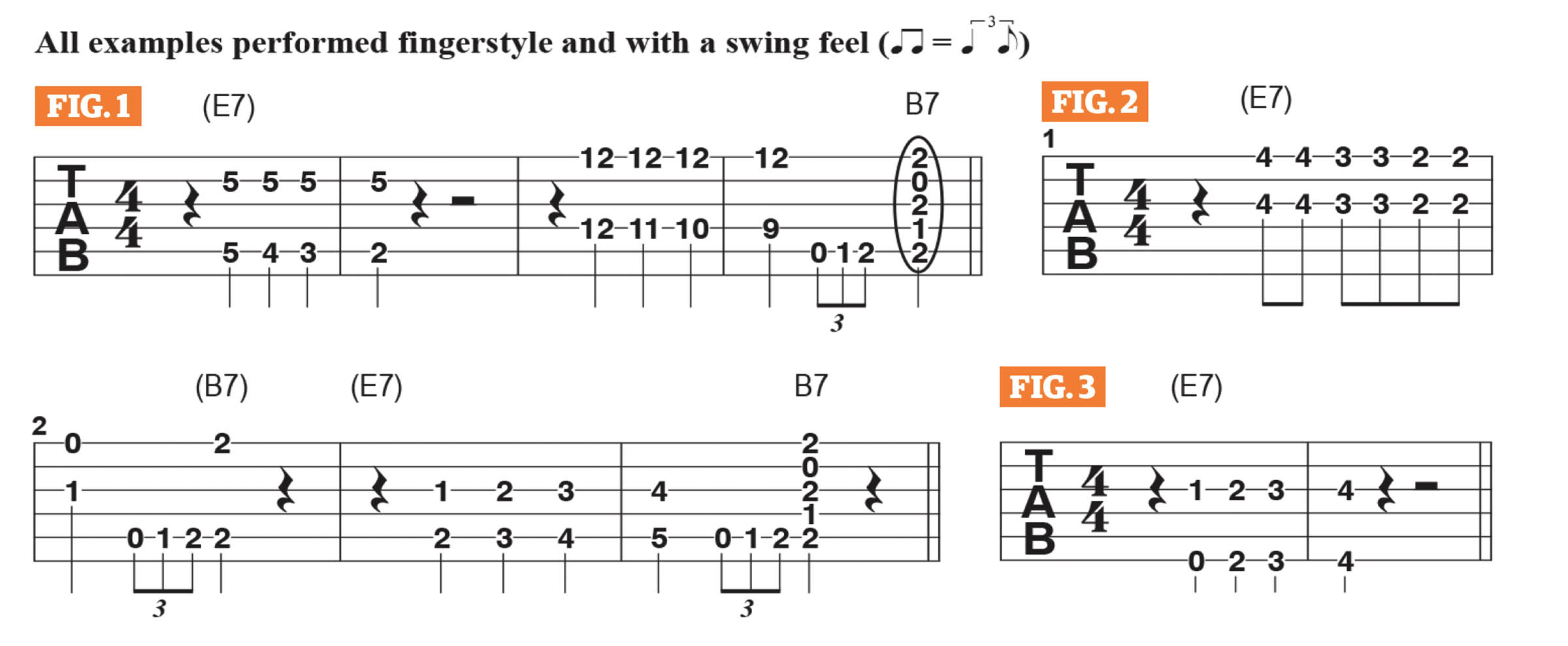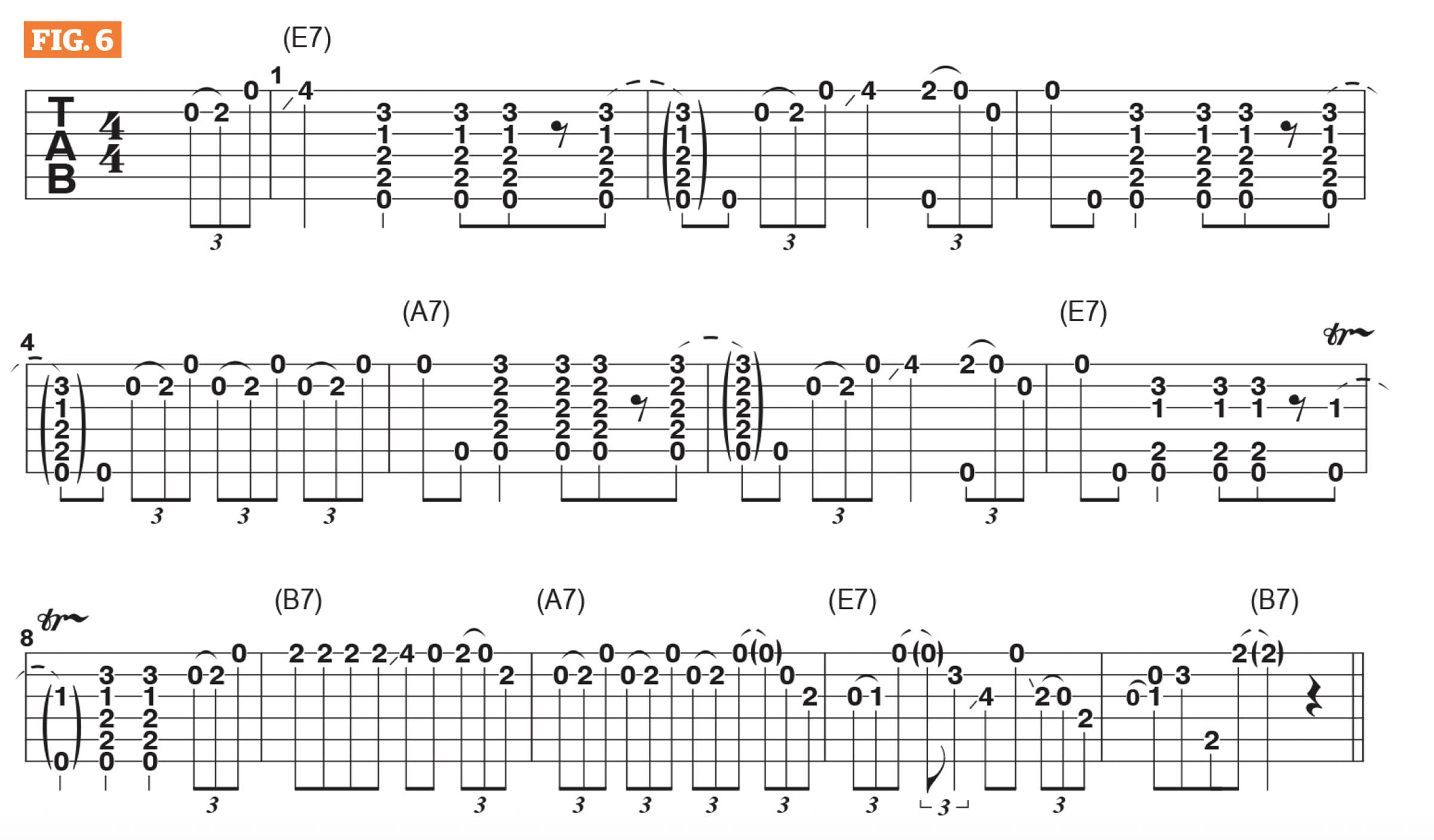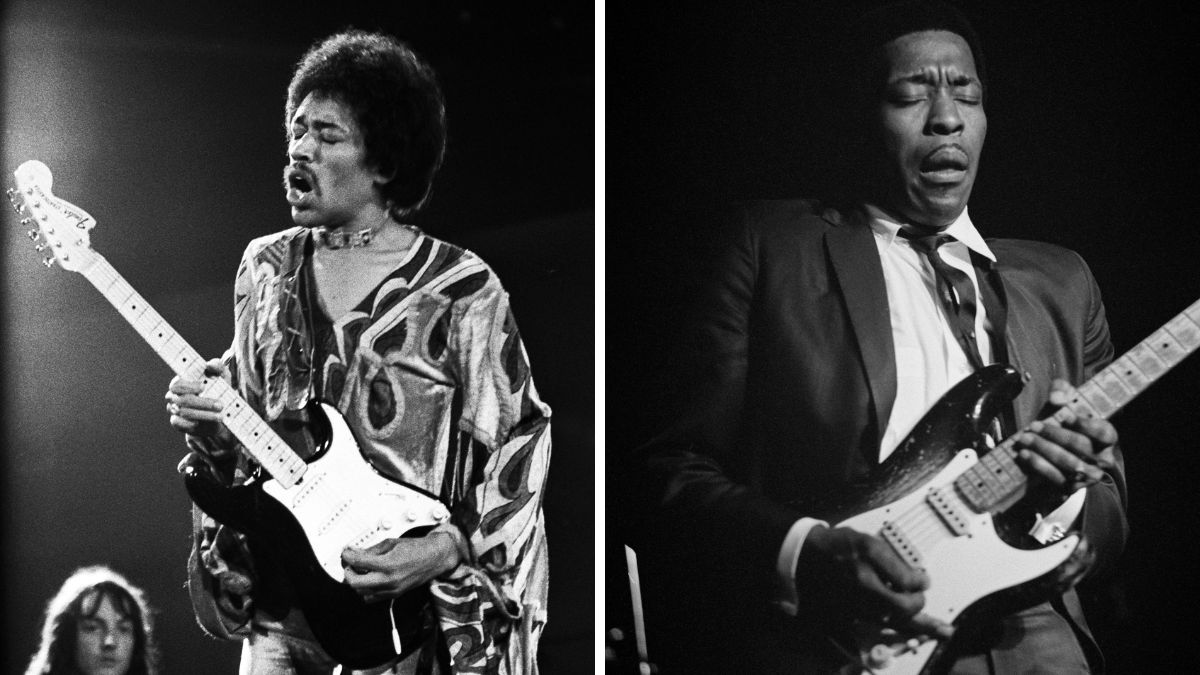“If a guitarist is just riffing away on minor pentatonic licks, it will make their playing sound ‘scale-y’; you don’t want to sound scale-y!” Power up your blues with a turnaround trick that was a specialty of the great Freddie King

An absolutely essential element in blues guitar is the turnaround. It is a basic function of blues music that the turnaround happens at the end of the progression and flips it over back to the beginning of the form.
When playing a standard 12-bar blues, the turnaround occurs in the last two bars, 11 and 12, as the tonic chord (rooted in the key you’re in) moves to the V (five chord), which then resolves back to the tonic in bar 1 of the next 12-bar chorus.
When playing a single-note blues solo, players sometimes forget about where the turnaround is and how important it is to make reference to it melodically. Playing these turnarounds as part of your solos will tie everything together and ensure that it sounds like a blues song.
If a guitarist is just riffing away on minor pentatonic licks, it will make their playing sound “scale-y”; you don’t want to sound scale-y! You want to sound like a blues player, and incorporating the following essential blues turnarounds will ensure that you do.
Let’s stick with the key of E and look at a handful of essential blues turnarounds.
In Figure 1, I play the most basic one of all: while repeatedly picking a high E root note on the B string, notes on the A string descend chromatically: D, C#, C, B. In bars 3 and 4, the same turnaround is played an octave higher, starting at the 12th fret and wrapping up with a walk-up to the V chord, B7.
Figure 2 illustrates two more great turnarounds: in bars 1 and 2, I play notes that are 6ths apart on the G and high E strings and descend chromatically, from the 4th fret. In bars 3 and 4, I sound notes that are 6ths apart on the A and D strings and ascend chromatically, from the 2nd fret.
All the latest guitar news, interviews, lessons, reviews, deals and more, direct to your inbox!
Figures 3 and 4 offer a few more turnaround twists. Figure 3 is built from 10th intervals. A 10th is a 3rd (major or minor) plus an octave. The open low E note and the G# on the G string’s 1st fret ascend to F# and A, G and Bb, and G# and B.
Figure 4 presents two more turnaround options: in bars 1 and 2, 6ths descend on the A and D strings, followed by the V chord, B7. In bars 3 and 4, notes two that are octaves apart, on the low and high E strings, descend from the 4th fret to the open strings.
In Figure 5, I combine three types of turnarounds and bring them all together.
One great approach is to actually play the same turnaround all through a song. This is something that the great T-Bone Walker would do all of the time, as did Freddie King on his classic song, Hideaway.
Figure 6 illustrates a 12-bar example played along the lines of Hideaway. Starting with the pickup bar, there is a melody sounded on the top two strings that runs through the entire form.
In bars 11 and 12, Freddie’s essential turnaround is a very specific melodic line played on the top three strings. This signature lick serves to define the song; when I hear it, I’ll say, “That’s Hideaway!”
- This article first appeared in Guitar World. Subscribe and save.
You must confirm your public display name before commenting
Please logout and then login again, you will then be prompted to enter your display name.





